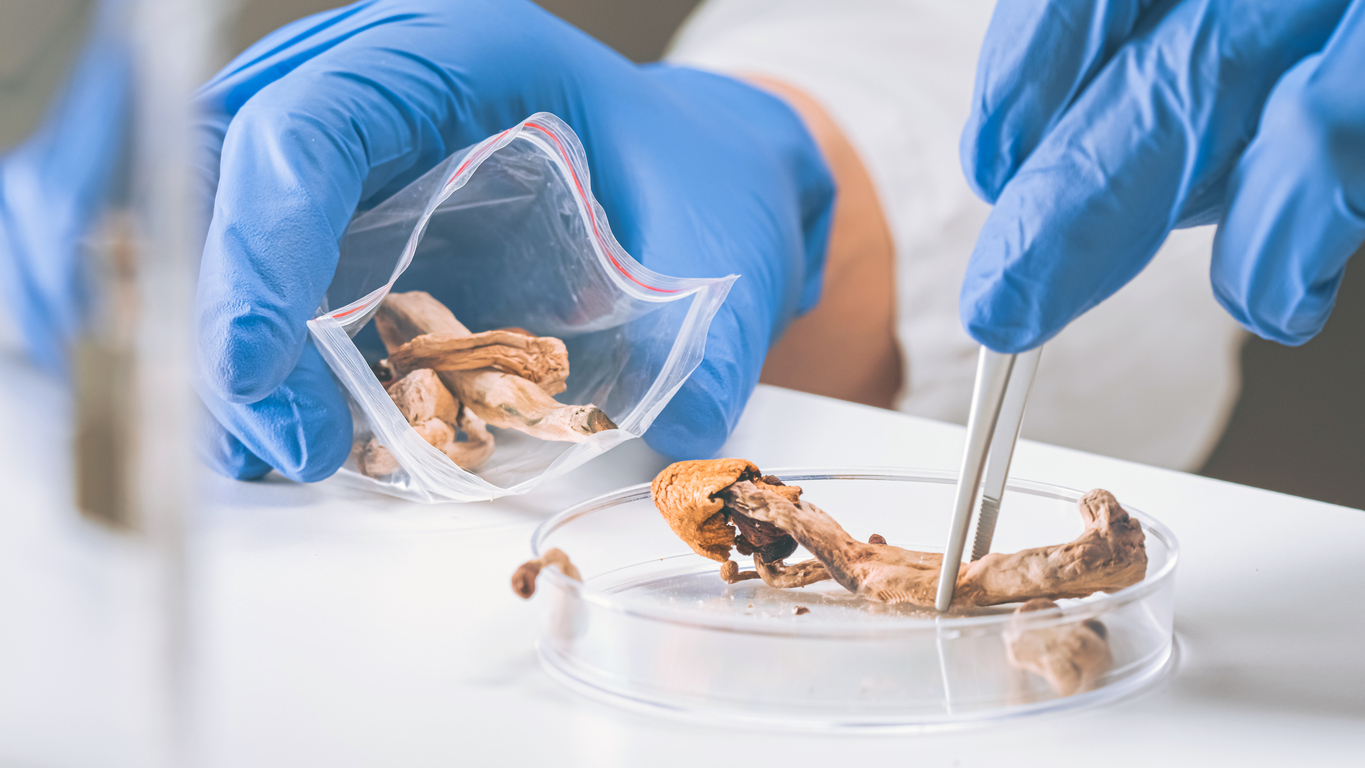Treatments
What Are Stem Cells?

Stem cells are the cells from which all other types of cells are generated. Either in the body or in a laboratory, they can divide to form daughter cells. They can then become new stem cells or specialized stem cells, such as heart cells, blood cells, bone cells, brain cells, or muscle cells. Stem cells are the only cell in the human body that can split into new cell types.
Stem cell importance
Stem cells have an incredible importance in medicine. They are an essential part of treatment for various diseases, including cancer. Currently, stem cells are being researched to help determine the cause of diseases. They are also being studied for their unique ability to replace damaged or unhealthy cells.
Stem cells help scientists test new treatments and medications for safety in clinical trials. Common uses for stem cells are stem cell transplants for those with blood cancers, treatment for sickle cell anemia, and the use of bone grafts by combining stem cells from donated tissues and other material.
Types of stem cells
There are four distinctive types of stem cells. They are classified by their source and include the following:
- Embryonic (pluripotent) stem cells
Embryonic stem cells are often harvested either from umbilical cord blood or from embryos that are developed via in vitro fertilization, which is a process by which eggs and sperm are combined in a laboratory. They are able to become other types of cells in the body. - Induced pluripotent stem cells (iPS)
Induced pluripotent stem cells are made in a laboratory. They mimic embryonic stem cells and are used to study tissue development and disease. They can also be used to test new drugs or treatments prior to human usage. - Tissue-specific (multipotent or unipotent) stem cells
A type of adult stem cell, tissue specific stem cells regenerate into new cells. However, they are limited to the tissue in which they live. For example, stem cells in the bone marrow that form blood cells are able to make new blood cells, but not other types of cells, such as liver or lung cells. These cells can be obtained from tissue donation. - Mesenchymal stem cells
Also referred to as MSCs, mesenchymal stem cells are isolated from the stroma, which is the connective tissue that surrounds other tissues and organs. They were initially discovered in the bone marrow and shown to develop bone, cartilage and fat cells. Since the discovery, MSCs have been grown from other tissues, including fat and cord blood.
Take away
Stem cell research is ongoing, and new types of stem cells are being discovered. One example is vertebral stem cells. These stem cells make all other cells that create the spine. Additionally, they attract cancer cells, predominantly breast, lung and prostate cancer. Rather than metastasizing throughout the body via blood flow, this could prove why certain cancers appear in the spine after they develop in the breast, prostate or lung. There is a possibility of preventing or treating spine metastases due to this discovery.
Additional source: The International Society for Stem Cell Research



















